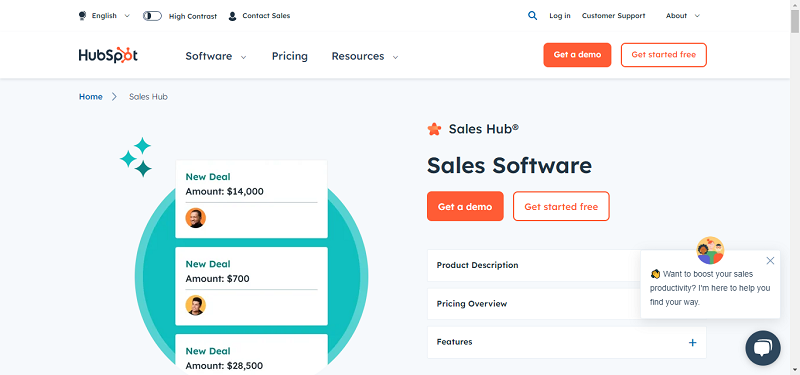Financial security can be compared to a constant arms race between cyber criminals and businessmen who try to magnify their assets. Trading and financial organizations bear the brunt of the losses occurred due to fraud because their active assets are more liquid and it attracts criminals in all shapes and forms. Security expenditures also turn to be forced losses.
In late 2013 for example, United States entered the age of the mega breach when Target Corp. lost 40 million credit-card numbers to Russian-hackers. And it didn’t stop there; other companies such as Adobe Systems Inc., Home Depot Inc., J.P. Morgan Chase & Co., Anthem Inc. and eBay Inc., fell victim to hackers.
Tense situations like these call for efficient tools for tracking suspicious events. An opportunity to detect and analyze these threats will produce an amplified outcome, i.e. significant revenues for businessmen.
In fact, trading companies generate huge amounts of information. And the main purpose of any corporate security system is to analyze the data and define suspicious events.
How to create an effective system to analyze and monitor corporate information?
Every day, companies are entrusted with the personal and highly confidential information of their customers, therefore creating an effective security policy, which is executed as planned, is extremely important. Experts in custom trading and brokerage solutions emphasize the following security issues that should be taken into account during the elaboration and integration of a security system:
It is very well known that swindlers are continuously searching for sophisticated and innovative ways to commit fraud. Since hackers will scan for susceptibilities the minute they are discovered, an organization must have a routine in place for checking its own networks regularly. To address the challenge, we can’t employ universal scenarios; the only thing left is to use some specific methods. A ‘Threats and Alerts’ system should support a flexible parametric structure with individual indicators adjustment, giving the operator a possibility to regulate basic security scenarios and take into consideration all the factors.
Using the same information security tools and analysis algorithms demonstrates different levels of efficiency throughout the course of time. Some of them are up-to-date, others become obsolete. That is why the operator needs an analytic tool base that could be implemented within the context. At the same time, the solution provider should refresh and update the analytic tools base.
Upon analyzing hacker attacks and fraudulent operations, specialists in custom e-commerce apps agree that the visualization of information on transactions and financial tools usage is of great importance during the initial stage of detecting suspicious events. Sometimes experts’ intuition and analytic skills prevail over automatic monitoring systems. That is why it’s crucial to provide the operator with well-organized and visualized information.

Many specialists recommend another double system to track suspicious events. It is based on Machine Learning algorithms. The efficiency of such a system can be noticed only after a certain period of time when the algorithms already analyzed the needed amount of information. That’s why it is vital to launch this system as an independent sub-program as early as possible to obtain another security tool to address financial frauds.
As no one can predict the nature of a future threat (internal or external) it’s a must for a company to have an individual dynamic platform for analyzing information streams within and outside the institution.
By Yana Yelina





